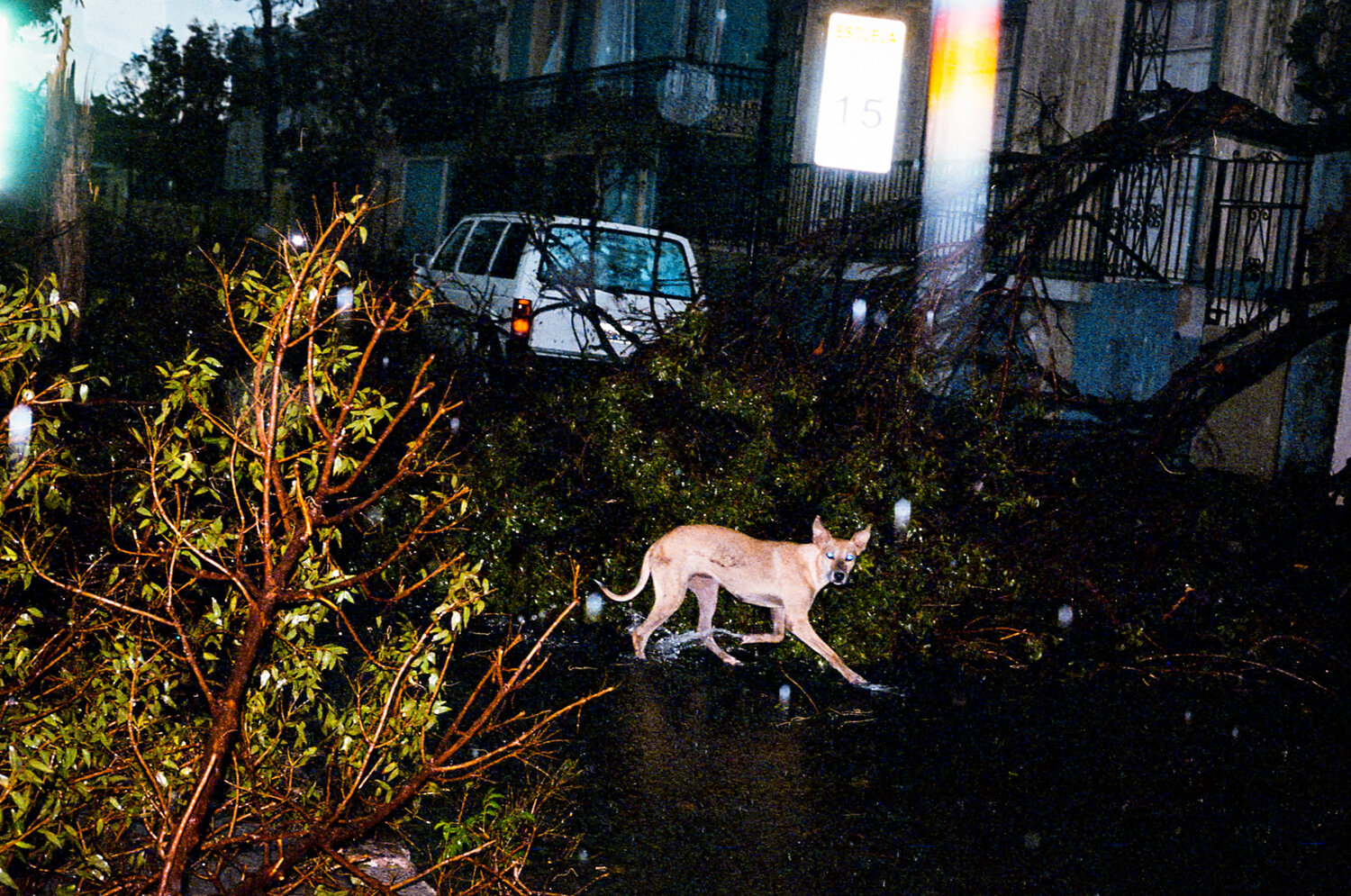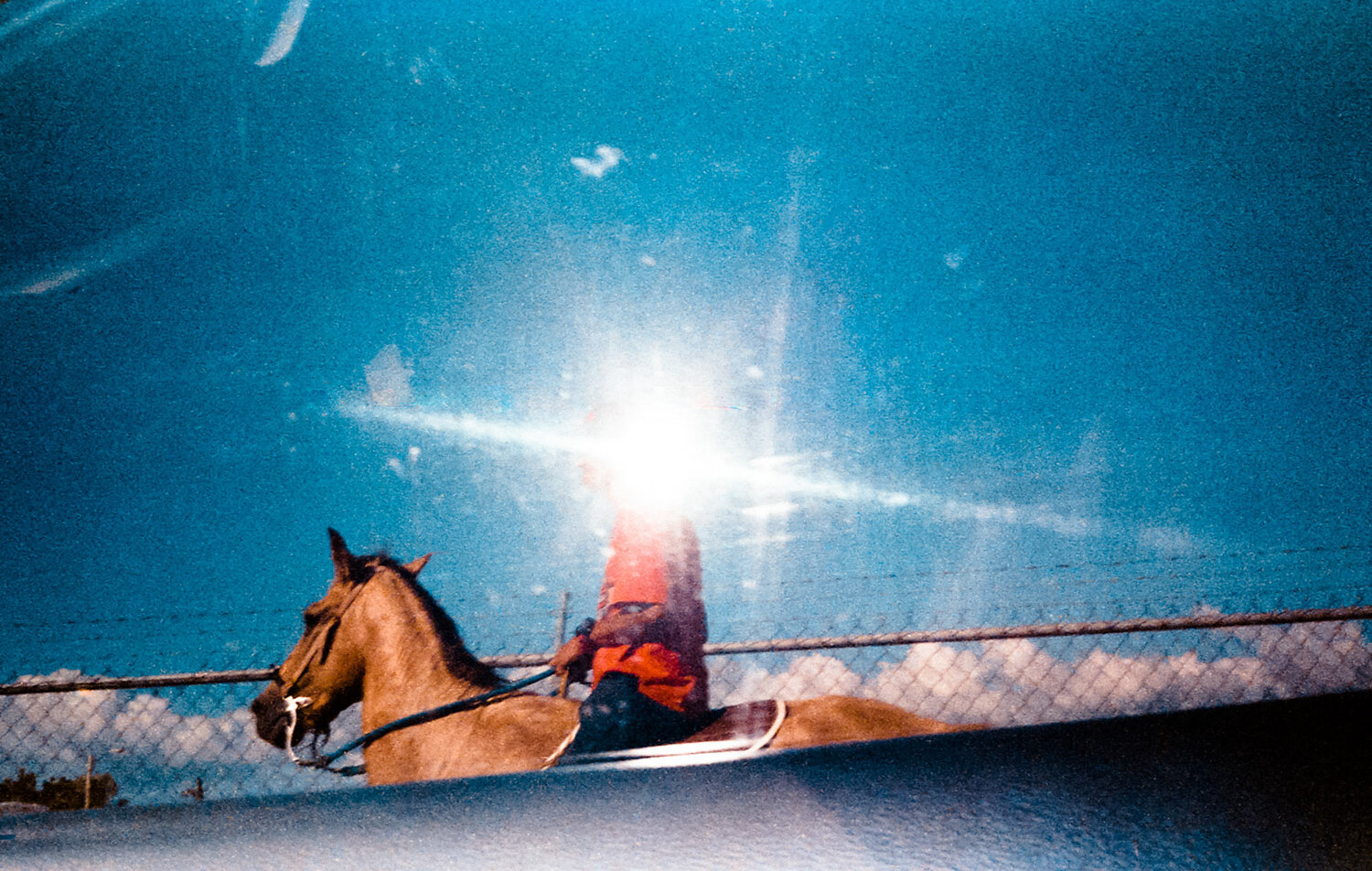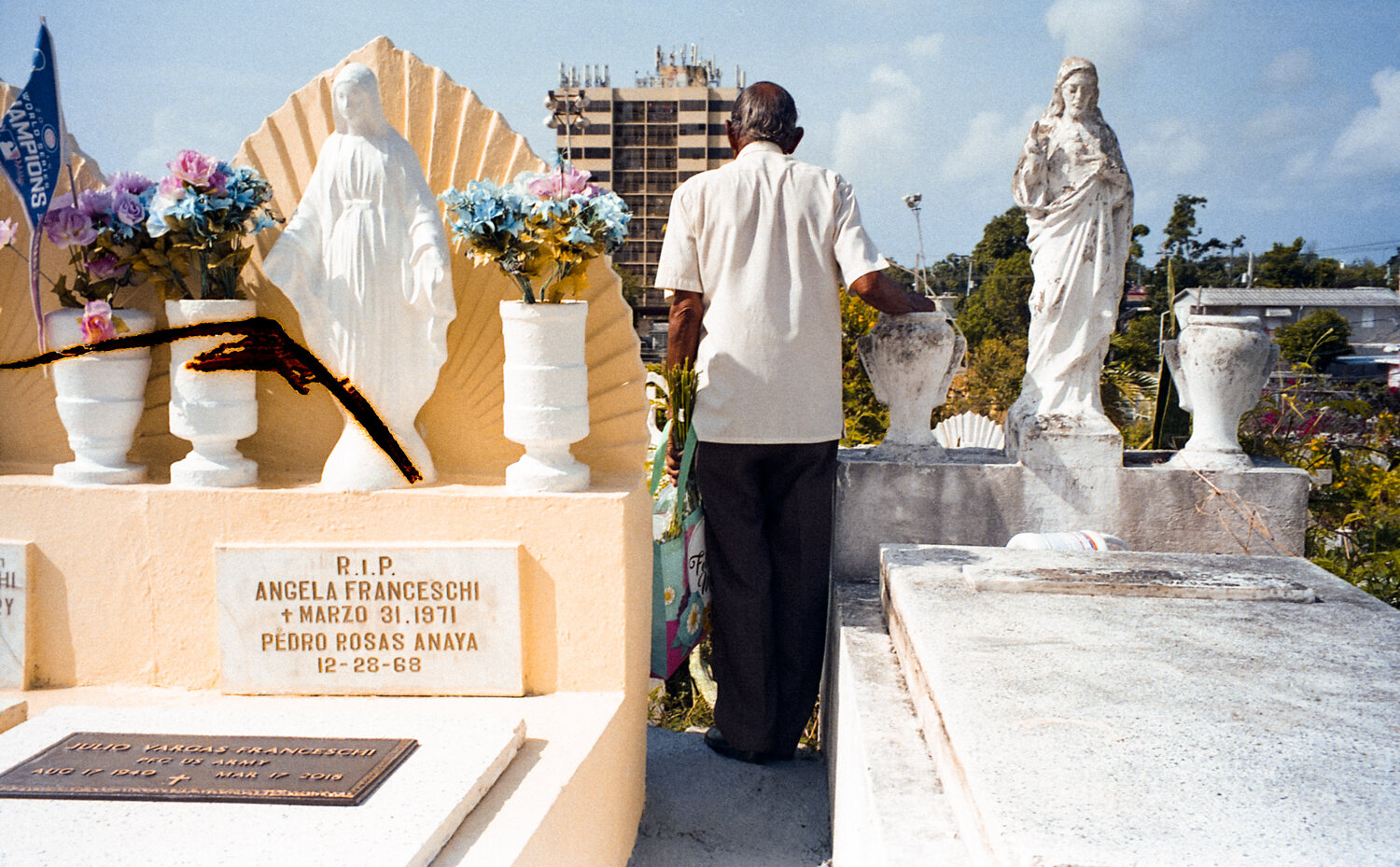ADOLFO GRACIA
All rights reserved © Adolfo Gracia
Adolfo Gracia, born and raised in Ponce "City" of Puerto Rico, where apparently nothing happens but where sometimes everything happens. He took darkroom course in college as an elective in 2003. He knew that something called his attention to the process but he was not fully interested until wandering on flikr where he found the work of Marcelo Montecino Slaughter. Hence an addiction to the photographic narrative that never ends.
When and where did you start photographing? Who has been the reference of your photography?
AG: I started to photograph late, just when I was in college, at that time I was more interested in music and studio production, but since I was not good or patient with any, I abandoned those dreams. I was curious about photography by taking darkroom courses in college and then a technical course for that in 2005 or 2006, but it wasn't until 2010 that I started to get serious about photographic narrative, all because of a few posts from Flickr by Chilean maestro Marcelo Montecino, specifically for his works in Central America for the War of El Salvador, his explorations in Guatemala, the events of the Pinochet dictatorship and his most candid works such as nudes in the United States and Santiago.
My main reference is the area where I live, the south of Puerto Rico, and most of the issues that I address in the photograph are represented in the area. Since there is a problem of representation, Puerto Rico from other perspectives may seem like a paradise, or a great city with the resources that San Juan has , but in my region there’s distress and a great abandonment due to the fiscal crisis and disasters (natural, environmental and political corruption). I don’t address these issues specifically in the photos, but I do try to give perspective and representation to this forgotten part of the country.
“Puerto Rico from other perspectives may seem like a paradise, or a great city with the resources that San Juan has , but in my region there’s distress and a great abandonment due to the fiscal crisis and disasters (natural, environmental and political corruption)”
There are specific works that have resonated with me, such as Meditations by Susan Meiselas, Gaga y Vudú by Hector Mendez Caratini, The Ballad of Sexual Dependency by Goldin, Spanish Harlem by Joseph Rodríguez. But the same consumption and I am inspired by Photography as varied as that of Theo Elias to Andrea Narváez, from Alexis Landin to Sohrab Hura. What I mean is that I do not have a firm reference, I am always consuming or reading about photography, and the more irreverent or informal the way of consuming it, the better. Other sources of inspiration are the works of Mary Allan Mark, Robert Frank, the poetry of Manuel Ramos Otero, the painter Kerry James Marshall, Marco Marzocchi, Ricardo Cases, Jill Freedman, Eduardo Lalo, the works of Roberto Bolaño.
What does street and documentary photography mean to you?
AG: It is a specific question, to which I do not have a specific answer. I'm very curious, and I don't know what the limits are in regards to what can be street, candid or documentary. I always walk with the camera, and a friend can be part of my narrative, as well my parents, a social situation, an altar in Santeria or a cemetery. The decisive Bressonian moment can happen at a friend's house or in the park. I have tried projects that come to nothing, and that documentary part is still very raw. In general I try to be like Meyerowitz, I accumulate and do puzzles later, although I have certain specific topics which I work on in advance despite not having an agenda all the time. I have moments when I need to take the car and get to Santa Isabel, Coamo or Hormigueros and let myself go. In others, I look for something that I already have in mind, but rarely get.
“I’m very curious, and I don’t know what the limits are in regards to what can be street, candid or documentary. I always walk with the camera, and a friend can be part of my narrative, as well my parents, a social situation, an altar in Santeria or a cemetery. ”
How are your life experiences reflected in the symbolisms that we see in your photographs?
AG: I think the easiest way to describe that relationship is based on the fact that I come from a family that is very religious, and from a country that is extremely conservative, and most of my images have that intrinsic power. I don't know, even being an atheist you cannot escape from religiosity in Latin America, and whenever I can, I work on that subject. I have a project in the municipal cemeteries of the country with a friend Pablo Camilo, because he caught our attention that there are graves with a kind of identity that is fascinating to us, the graves are usually decorated with themes that go from the religious to the political, you can find some with patriotic themes such as others with the American flag due to our colonial situation with the United States, graves with references to the profession of deceased people, bright colors, Santeria altars or children's toys. The irony reflected in the landscape is so strong that you don't need titles.
“ I come from a family that is very religious, and from a country that is extremely conservative, and most of my images have that intrinsic power. I don’t know, even being an atheist you cannot escape from religiosity in Latin America”
Do you remember your first exhibition / publication? What motivated you to publish your documentary and street photography work?
AG: Besides some group exhibitions, this far I have not had the opportunity to do an exhibition with a personal project. I have only participated in the printed publication of Findrangers # 23, in addition to some online spaces like this one, and archivos del Caribe in Puerto Rico. What I like the most about sharing work is that there is a very good community, there are people everywhere with tremendous work, and that motivates you to continue, it inspires me a lot that there are people with a lot of desire, and the photos or publications that The most inspiring to me are the ones I see from friends and I say to myself, I want to do that.
What does the rest of 2021 have in store for you? Are any future ideas or projects being put together?
AG: I have been trying to make a small publication for some time, I am always inspired by what Cesar Aira does, who publishes books (novels of 40 or 50 pages) and is very prolific, I have always had the idea of doing it with photography, small stories, with what I have accumulated I have thought of doing something that is related to these last years and the pandemic, the loss of loved ones and the disease, and how that affected my relationship with photography. It is possible that in September I will have my first exhibition with the theme of cemeteries with Pablo Camilo in Rio Piedras Puerto Rico. The truth is I am very lazy, let's see if that changes in recent months.
All rights reserved © Adolfo Gracia












